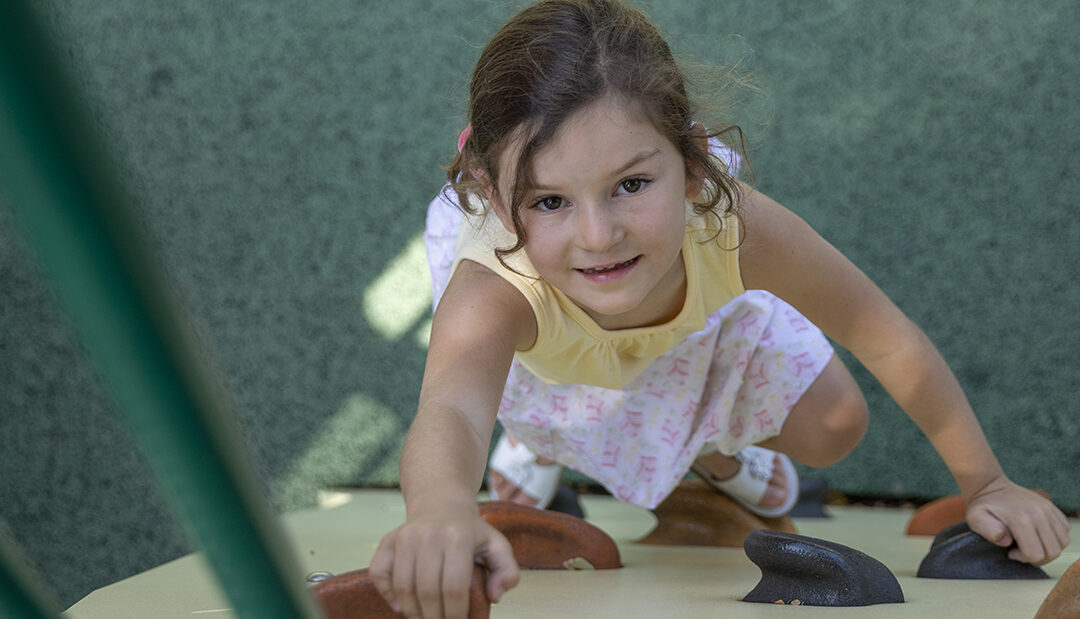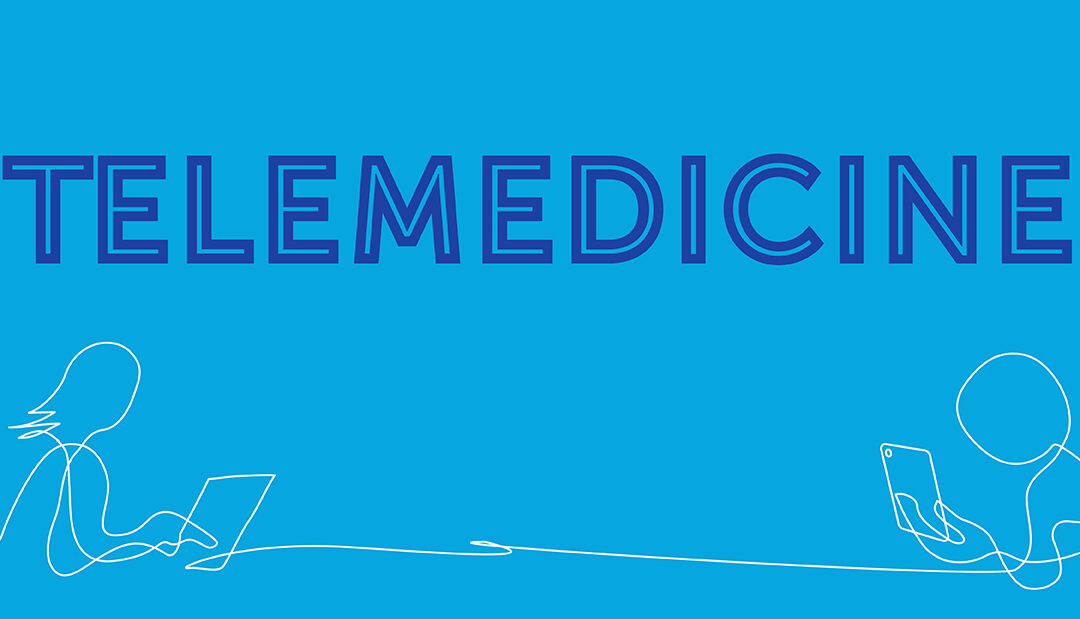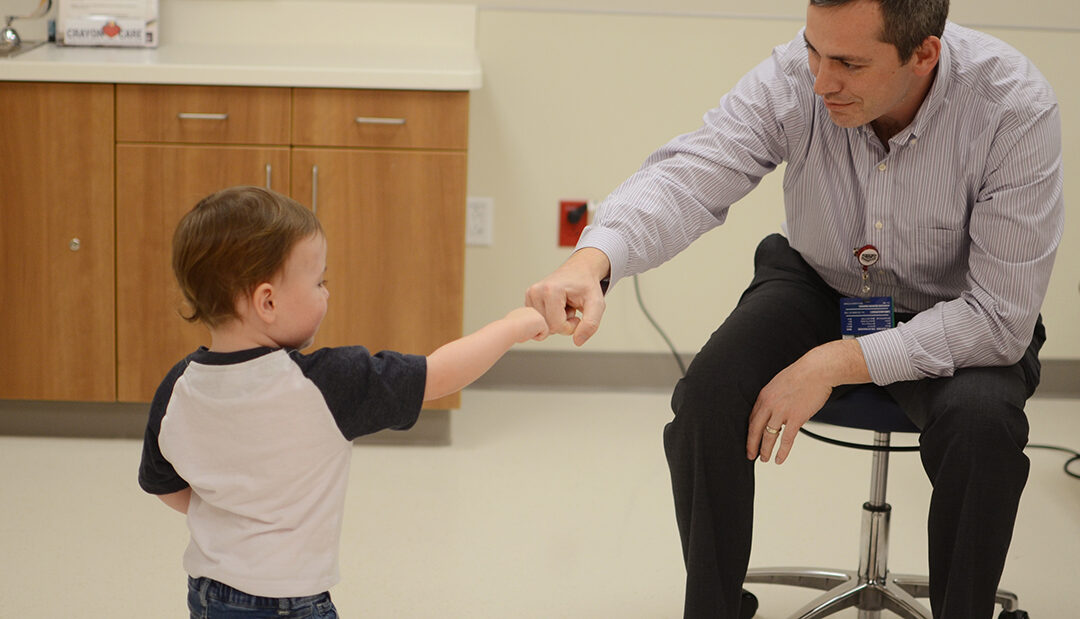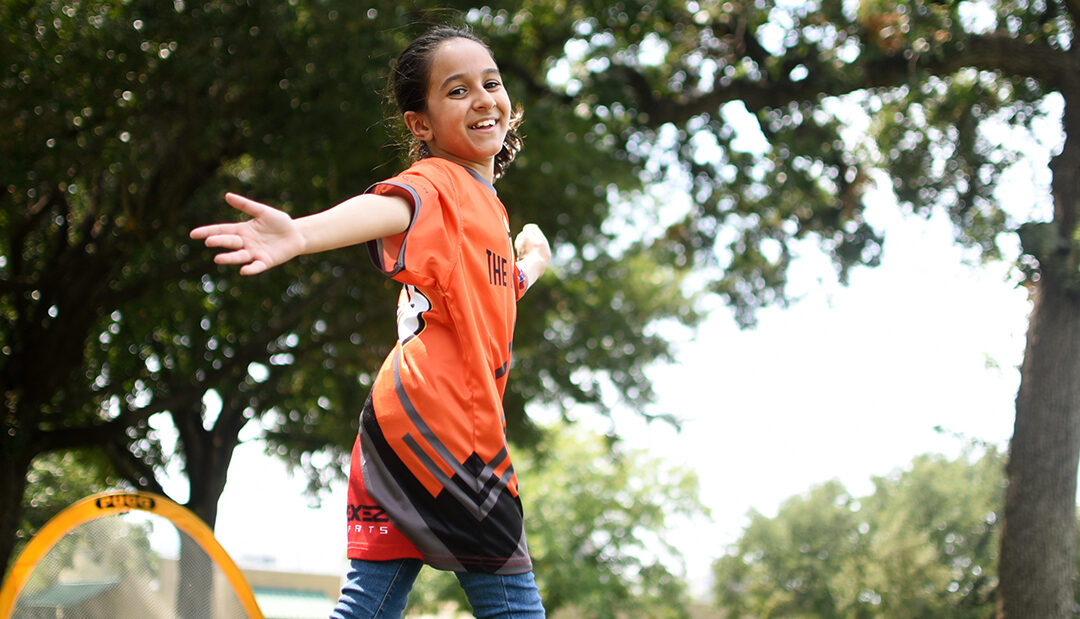In 1965, the
Luke Waites Center for Dyslexia and Learning Disorders was established to help identify and treat children with various learning disorders. As pioneers in the field, the center has developed curriculum that is used across the country – helping children everywhere.
As a condition that impacts 10-15% of individuals, it is important to understand the basics of dyslexia. Learn more below.
Dyslexia Defined
Dyslexia is a specific learning disability that is neurological in origin. The condition can best be described as an unexpected difficulty learning to read. Children with dyslexia struggle with phonology, or the recognition and manipulation of sounds in language. Dyslexia affects a child’s ability to decode words — to break them down into constituent sounds, or phonemes, and then to sound out novel words. That makes it hard to recognize words, to retrieve words, to read, to write and to spell. Some children with dyslexia just have problems quickly retrieving words.
The result is a discrepancy between ability and achievement: a child who is struggling with reading despite having the intelligence to be a much better reader. Children identified with dyslexia do not necessarily have failing grades in school. However, because of their learning disability, they often struggle with reading, despite exerting a great deal of time and effort. Students with dyslexia often find it difficult to keep up with academic expectations around third grade when reading fluency (reading quickly, easily and automatically) is an expectation and can impact other areas of learning.
While they may learn to read and compensate for reading weakness in other ways, children do not outgrow dyslexia.
Dyslexia is Not:
- reading and writing letters backwards.
- a vision problem.
- due to lack of intelligence.
- because the child doesn’t work hard or lazy.
- caused by a lack of reading at home.
- extremely rare.
What Happens in Dyslexia?
- Most kids begin learning to read by learning how speech sounds make up words (phonemic awareness) and then connecting those sounds to alphabet letters (phonics).
- They then learn how to blend those sounds into words and, eventually, they can recognize words they’ve seen many times before.
- Kids with dyslexia have trouble with phonemic awareness and phonics. Reading doesn’t become automatic and stays slow and labored.
- When a child struggles with these beginning steps in reading, comprehension may suffer and the child may experience frustration.
- A common assumption about dyslexia is that letters or words appear reversed — that “was” appears like “saw.”
- This type of problem can be a part of dyslexia, but reversals are very common among children through first or second grade, not just children with dyslexia.
- The major problem for kids with dyslexia is in phonemic awareness, phonics and rapid word recognition.
Tips for Parents
Can a parent or guardian request an evaluation?
Yes. A parent/guardian may request to have his/her child evaluated for dyslexia and related disorders by staff at the school district or open-enrollment charter school. The identification and intervention process for dyslexia involve both state and federal requirements that must be followed. The evaluation, identification and provision of services for students with dyslexia are guided by either the Individuals with Disabilities Education Act (IDEA) and Section 504 of the Rehabilitation Act of 1973 depending on the data and the student’s individual needs. These two federal laws established the assessment and evaluation standards and procedures for students.
A team of persons knowledgeable about the student, instructional practices and possible service options meets to discuss data collected and the instructional implications of that data. These individuals include, but are not limited to, the classroom teacher, administrator, dyslexia specialist and/or interventionist. This team may also include the parents and/or a diagnostician familiar with testing and interpreting evaluation results.
If the school district has data to support refusal of the parent/guardian request, the procedural protections of IDEA and/or Section 504 must be followed. Parents or guardians must be given notice of their rights under Section 504 or IDEA with prior written notice of the decision. Also, the school district may provide the student with additional support in the classroom or through the Response to Intervention (RTI) process.
Must a student fail a class or subject before being recommended for evaluation for dyslexia?
No. A student does not need to fail a class or subject, or fail the state-required assessment, in order to be referred for a dyslexia evaluation. According to TEC §38.003, which requires students to be screened or tested, as appropriate, for dyslexia and related disorders at appropriate times. Screening must occur at the end of the school year of each student in kindergarten and each student in the first grade.
The appropriate time to possibly evaluate a child depends upon multiple factors, including the student’s reading performance, reading difficulties, poor response to supplemental, scientifically based reading instruction, teacher’s input and input from the parents/guardians. To the extent these factors give rise to the suspicion of a disability and possibly a corresponding need for special education services and/or accommodations, the student must be referred in accord with the relevant body of federal law (Section 504 or IDEA).
Learn more about our
Luke Waites Center for Dyslexia and Learning Disorders.





